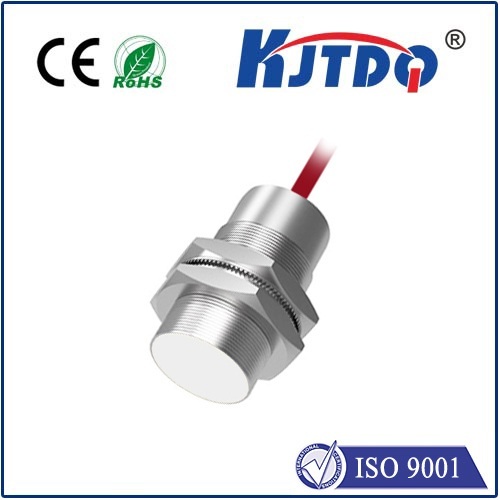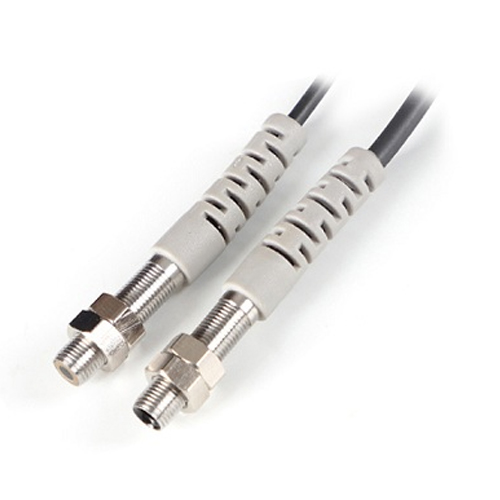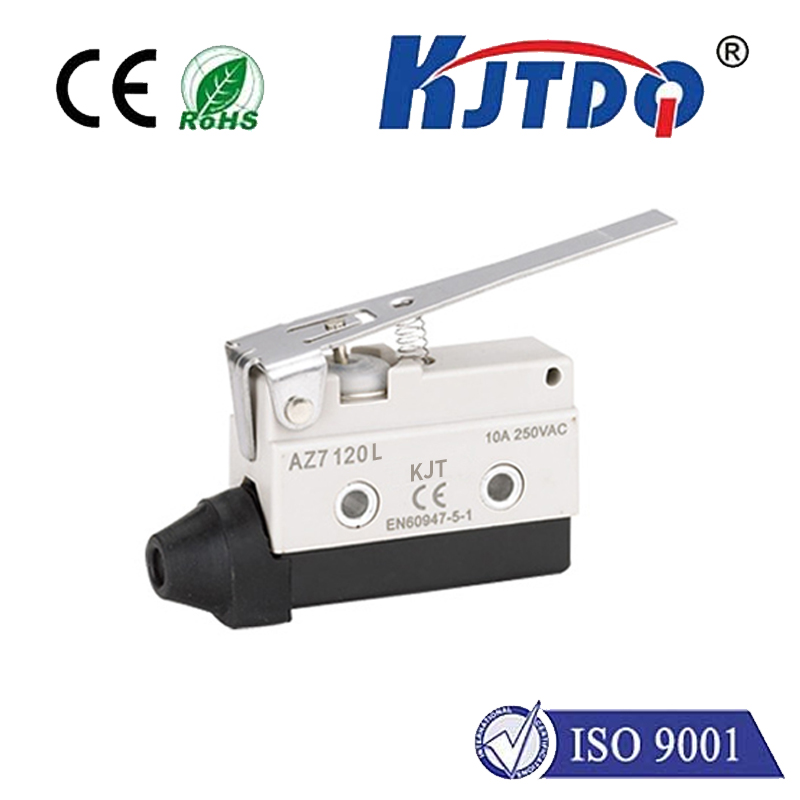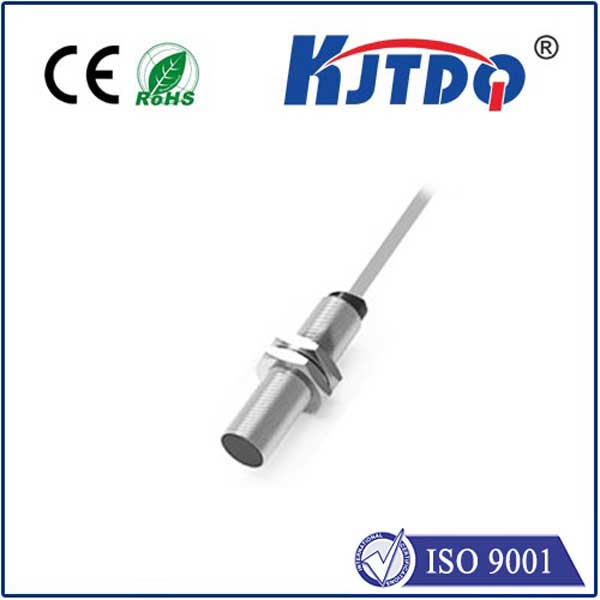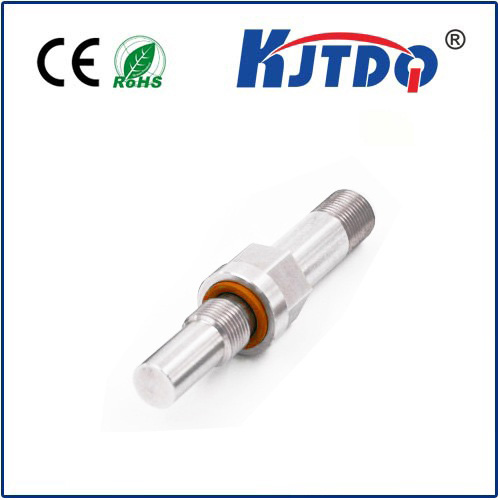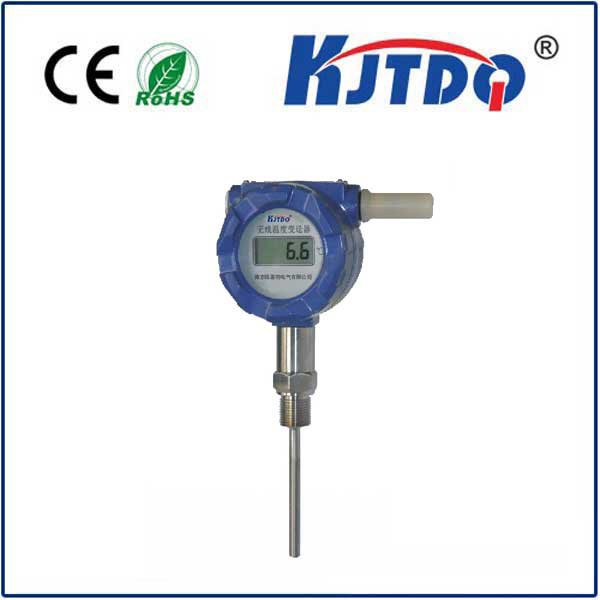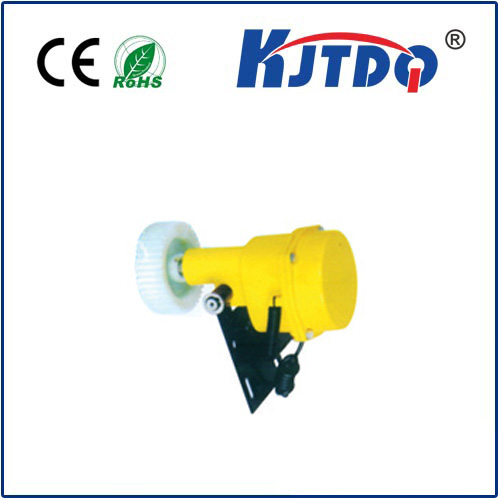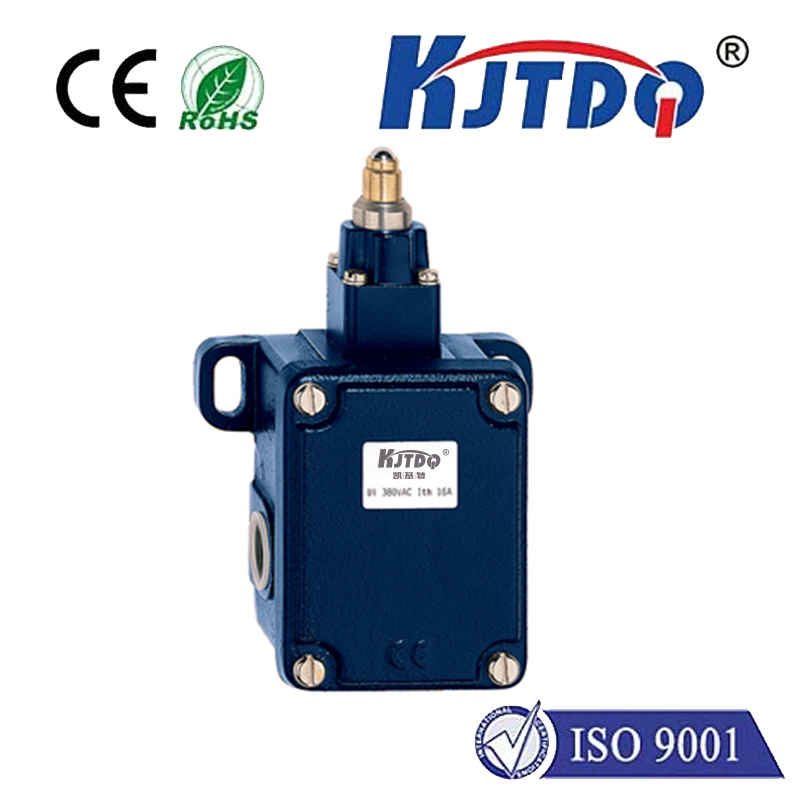
Проверка

Проверка

Проверка
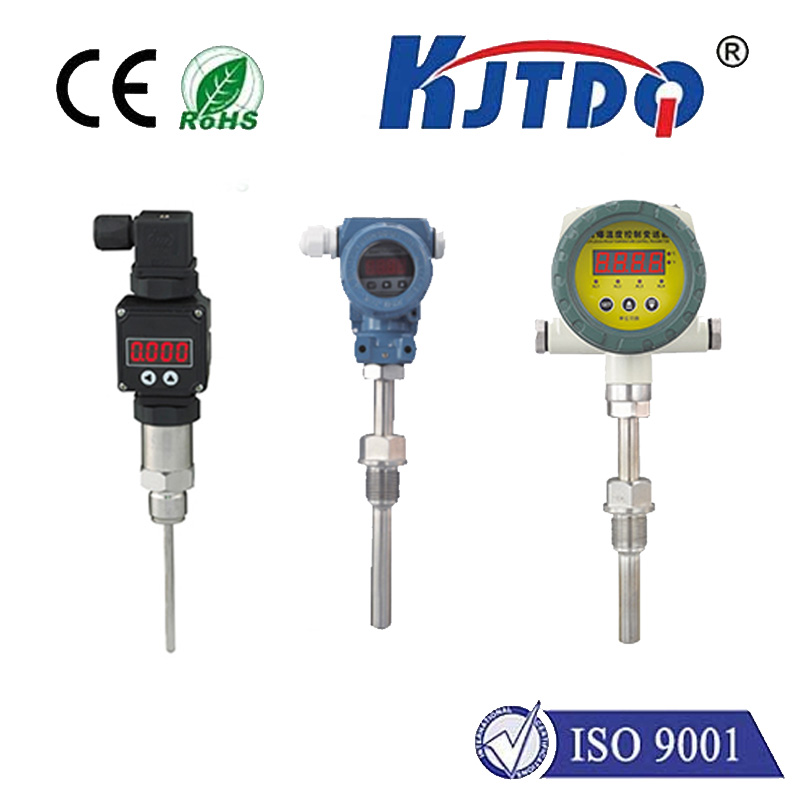
Проверка

Проверка

Проверка
You walk down your driveway at dusk, and like magic, the pathway illuminates. You approach your garage, and the door light welcomes you home. This isn’t wizardry; it’s the practical brilliance of photoelectric light control in action. This technology, seamlessly blending light sensing with automation, transforms how we interact with illumination, offering unprecedented convenience, security, and energy savings. Let’s delve into the world where light itself becomes the trigger for smarter living.
Demystifying the Photoelectric Principle
At its core, photoelectric technology relies on a simple yet profound interaction between light and matter. While the term “photoelectric light” might sound abstract, it primarily refers to systems utilizing Фотоэлектрический датчик or cells to detect the presence or absence of light. These sensors often work on the principle of the photoelectric effect – where certain materials emit electrons when struck by photons (light particles). In practical applications like lighting control, the sensor acts as a sophisticated switch. It continuously monitors ambient light levels. When natural light falls below a predetermined threshold (e.g., at dusk), the sensor triggers the connected artificial light source to turn on. Conversely, when sufficient daylight returns (e.g., at dawn), the sensor signals the light to switch off automatically.
This elegant mechanism eliminates the need for manual switching or reliance on imprecise timers that don’t adapt to actual weather conditions or seasonal light changes. It’s the fundamental intelligence behind automatic outdoor lighting, security lights, and increasingly, integrated smart home systems.
Key Applications: Where Photoelectric Light Shines

The applications of photoelectric control are vast and growing, driven by its reliability and efficiency:
The Compelling Advantages: Efficiency Meets Convenience
The widespread adoption of photoelectric light systems is fueled by tangible benefits:
Photoelectric vs. Motion Sensing: Understanding the Difference
It’s important to distinguish Фотоэлектрический датчик (responding to ambient light levels) from motion sensors (responding to movement, often via infrared radiation). They often work together for optimal efficiency and security:
A common configuration, especially for security, is a combined photoelectric motion light. The photoelectric cell ensures the fixture is only “armed” at night, while the motion detector triggers the actual illumination when movement is sensed. This maximizes energy savings – the light isn’t just on all night, only when activated by presence.
The Future Glow: Evolving Intelligence
Photoelectric light technology continues to evolve. Integration with IoT (Internet of Things) platforms allows for remote monitoring, scheduling overrides, and detailed energy usage tracking. Solar-powered photoelectric lights are becoming increasingly efficient and affordable, offering off-grid lighting solutions. Advancements in sensor precision and wireless communication promise even smarter, more responsive, and interconnected lighting networks for homes, cities, and industries.
From the simple welcome of a porch light at dusk to the vast, efficiently managed grids illuminating our streets, photoelectric light control represents a intelligent fusion of physics and practical engineering. It delivers tangible benefits – slashing energy bills, bolstering security, enhancing convenience, and promoting sustainability – proving that sometimes, the smartest light is the one that knows when to shine.
